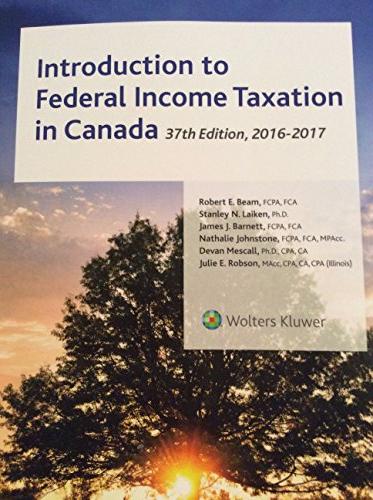The taxpayer, a professional pathologist, was appointed Director of the Clinical Chemistry Laboratory of a hospital for
Question:
The taxpayer, a professional pathologist, was appointed Director of the Clinical Chemistry Laboratory of a hospital for a period of five years. He reported to the hospital’s Director of Laboratories who advised the taxpayer what his work involved and decided the amount to be paid to the taxpayer. The hospital supplied all the necessary laboratory facilities and equipment. The laboratory conducted tests exclusively for the patients of the hospital, although some tests were referred out by the hospital to private laboratories.
The taxpayer’s main responsibility was to ensure that the output and quality of the work done in the laboratory by 15 technologists who were employees of the hospital was acceptable. He did not have the authority to hire or fire any of the technologists who worked under him, but could, if necessary, request additional help from the hospital’s administration. The taxpayer did not have to arrange for or pay his replacement if he was absent from the laboratory for vacations or other lengthy periods of time. Substitute pathologists were paid directly by the hospital.
The normal deductions from employees’ salaries were made by the hospital in respect of the taxpayer’s remuneration. The taxpayer also participated in the group insurance plan toward which the hospital made substantial contributions. The taxpayer also deducted expenses for professional dues, property taxes, business fees, liability insurance, books and journals, telephone, accounting fees, and travel and conventions.
REQUIRED
Is the taxpayer in this case an employee or an independent contractor? In presenting your answer, discuss the tests that are applied by the courts in this type of situation and consider how the facts relate to these tests. What are the general tax consequences of your findings?
Step by Step Answer:

Introduction To Federal Income Taxation In Canada 2016-2017
ISBN: 9781554968725
37th Edition
Authors: Robert E. Beam, Stanley N. Laiken, James J. Barnett





